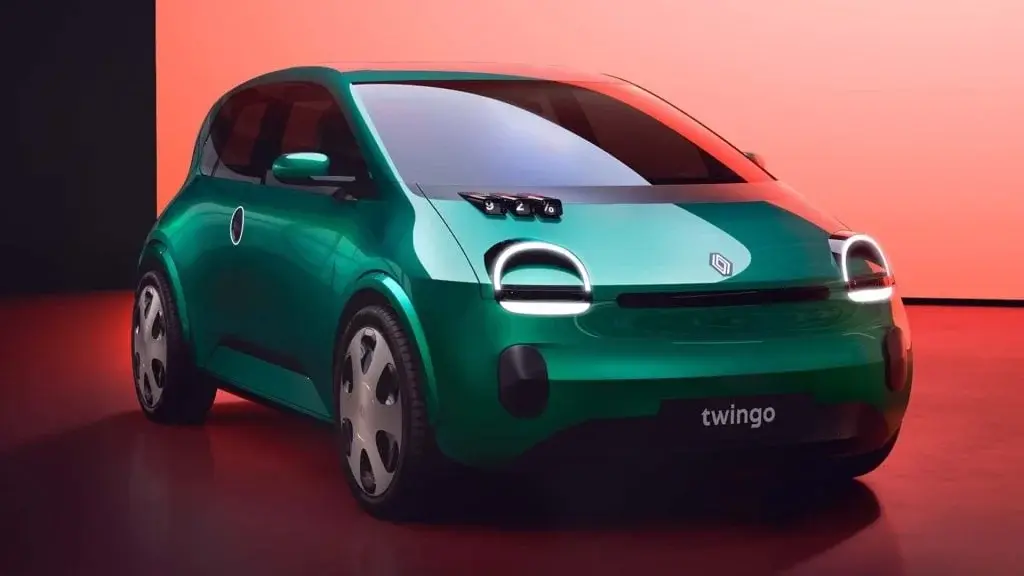Renault Group is shaking up the electric vehicle (EV) market with the introduction of its next-generation Twingo, a compact city car. Set to be launched in 2026, the Renault Twingo is aimed at providing a more affordable EV option, with a price tag below 20,000 euros. Not only is it budget-friendly, but it also boasts impressive energy efficiency, consuming just 10 kilowatt-hours per 100 kilometers.
A Leap in Efficiency
The Twingo sets itself apart by being 50% more efficient than other small EVs currently available. While specific specifications have not yet been disclosed, it is expected that the Twingo will utilize the newly named AmpR Small platform, which will also be used for upcoming Renault 5 and Renault 4 electric models.
A Direct Competitor
Renault's strategy with the Twingo is interesting, as it positions itself as a direct competitor to Chinese EV manufacturers who are known for their fast-paced development cycles. CEO Luca de Meo has highlighted the Twingo's role as a European version of Japan's compact kei cars, emphasizing its suitability for urban environments where larger vehicles are not practical.
A Blend of Retro and Modern Design
The 2026 Twingo takes design inspiration from the original 1992 model, combining retro elements with a modern touch. It retains the classic single-box shape but adds contemporary features such as five doors and updated headlights and taillights. The hood vents, reminiscent of the original model, now serve as battery charge level indicators.
Beyond the European Market
While the Twingo's launch primarily targets the European market, where it will compete with vehicles like the Volkswagen ID.1 and Citroën e-C3, its impact goes beyond being just another EV release. It signifies a strategic shift for Renault as they embrace the challenges and opportunities of the evolving EV landscape, aiming to provide practical, efficient, and affordable mobility solutions. The Twingo showcases Renault's dedication to innovation and competitiveness in the global EV market.


Leave a Reply